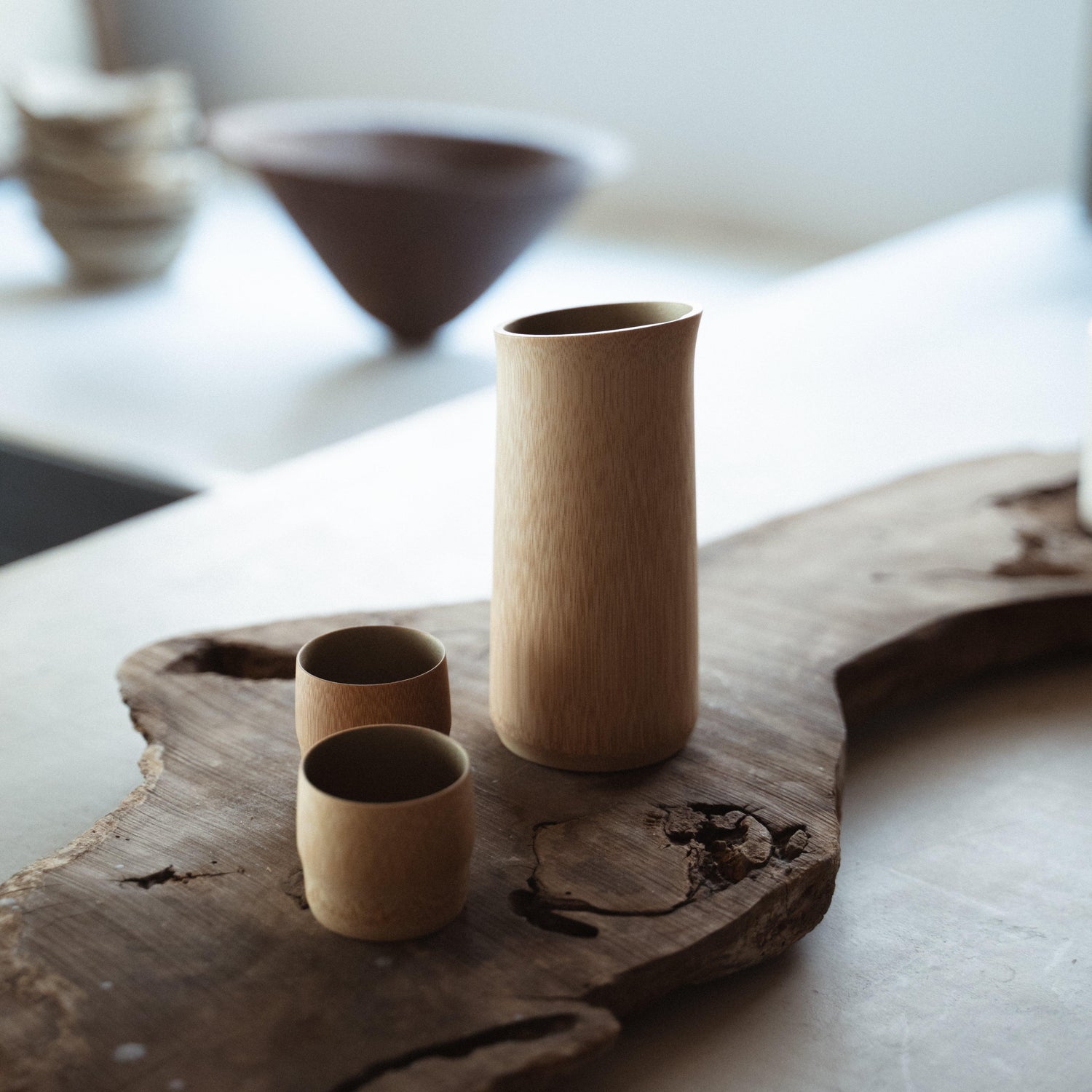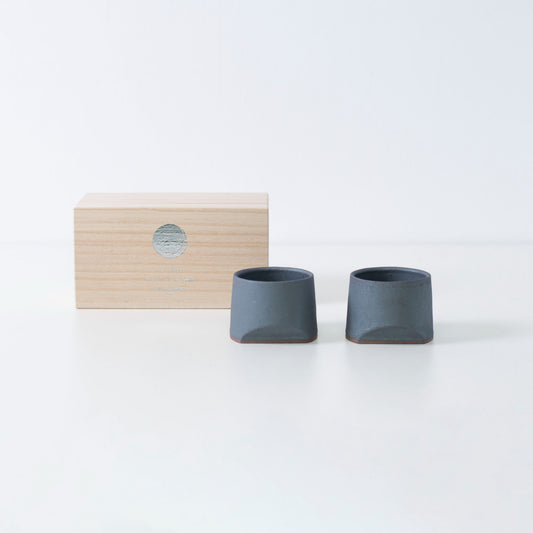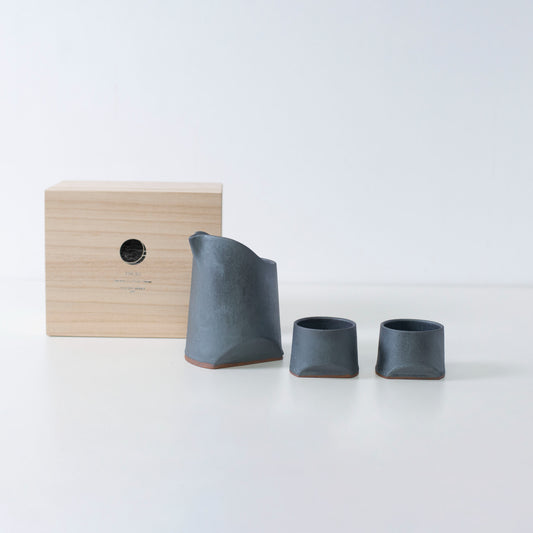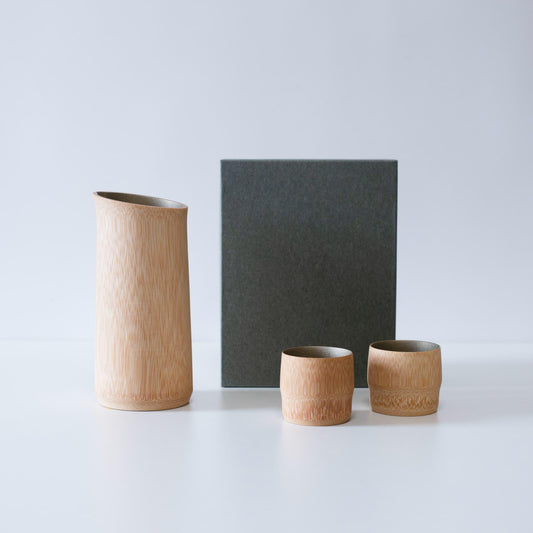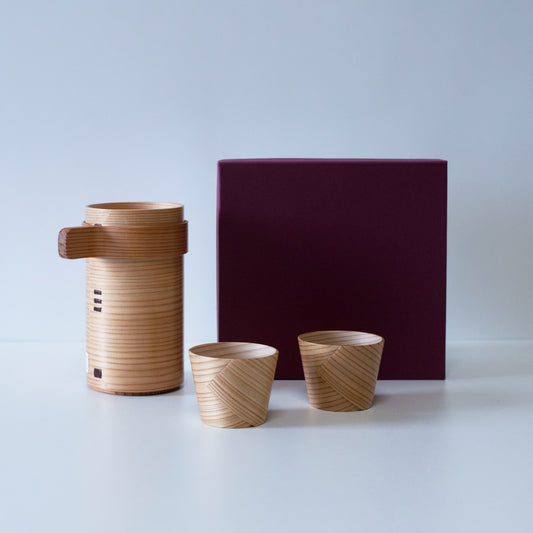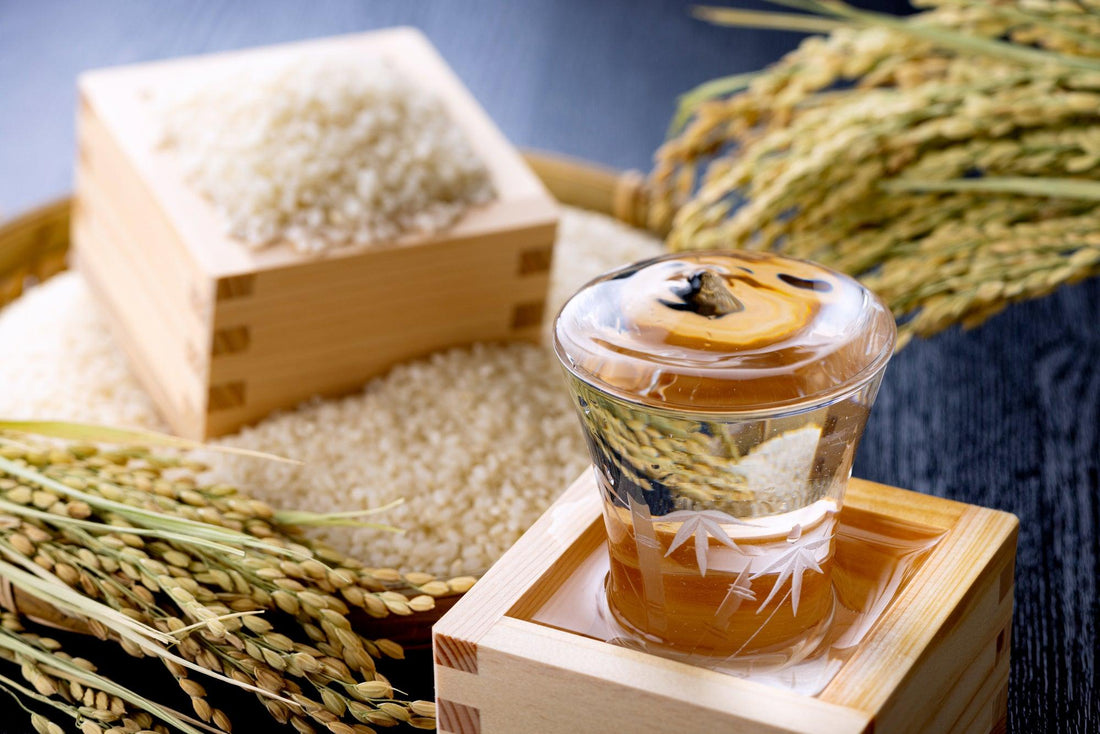
Japanese Sake: A Guide to Origins, Types & Enjoyment
Share
What is Sake? The Origins of Japanese Rice Wine
Table of contents

Sake, a Japanese-origin alcoholic beverage made by fermenting polished rice with water, koji mold, and yeast, is often referred to as "rice wine." However, its production process is more akin to beer brewing than winemaking. The history of sake dates back to around 500 BCE in China, but its brewing techniques significantly evolved in Japan. It is mentioned in Japan's oldest historical records and has played an important role in society and ceremonies.
Different Types of Sake

There are various types of sake, categorized by the ingredients used and the proportion of rice that has been polished away. Junmai, Junmai Ginjo, and Junmai Daiginjo only use rice and koji rice as ingredients, whereas Honjozo, Ginjo, and Daiginjo have added distilled alcohol. The lower the rice polishing ratio, the clearer and more refined the taste becomes.
How to Drink Sake: Best Ways to Enjoy

The flavor of sake changes with temperature. Cold sake is refreshing and easy to drink, while warm sake, known as hot sake, highlights the umami and aroma of the rice. There are also creative ways to enjoy sake, such as in cocktails, sours, or with added fruits. It can even be savored in a dessert-style, topped with vanilla ice cream.
Sake Sets & Cups: Tokkuri, Ochoko and Guinomi

The choice of vessel plays a crucial role in the enjoyment of sake. Tokkuri (sake flasks), ochoko (small cups), and guinomi (larger cups) can significantly affect the taste of sake. Glass vessels are suitable for cold sake, while porcelain and ceramic ones are better for gently warming sake. The shape of the vessel can influence the perception of sake's aroma and taste, offering different tasting experiences based on the chosen vessel.
Sake is a beverage with a rich history and culture, offering diverse ways to be enjoyed. From the basics to creative arrangements and choosing the right vessels, exploring sake from multiple angles allows for a deep appreciation of its profound allure.

